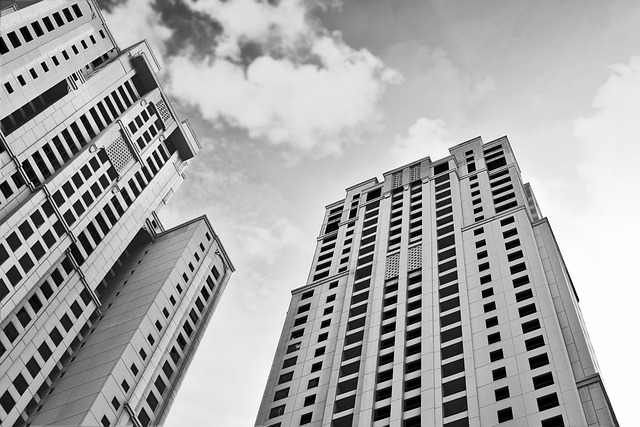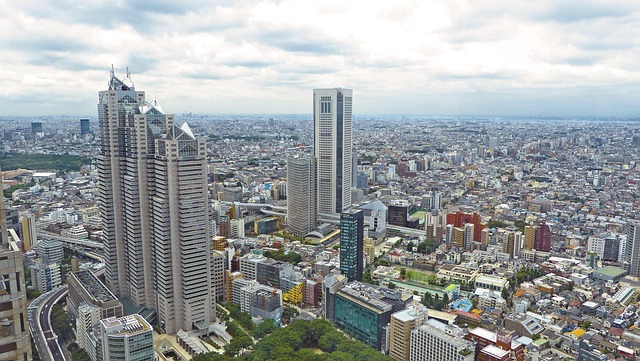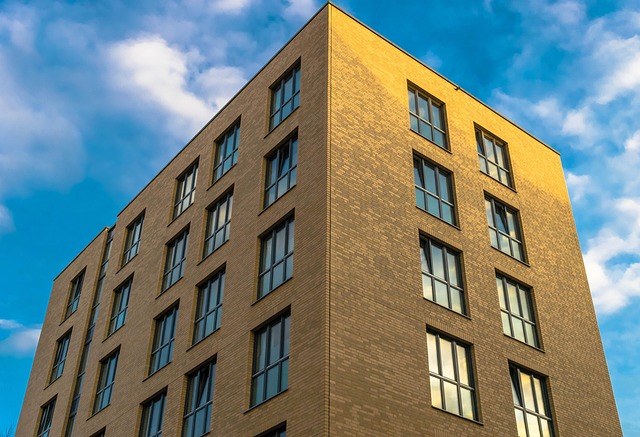Mold thrives in dark, humid retail settings caused by moisture from product storage, leaks, or poor ventilation. To mitigate risks and prevent contamination, immediately evacuate affected areas, isolate and contain mold with barriers, and engage professionals for multi-step remediation using tools like moisture meters and air scrubbers. Preventive measures include regular cleaning, addressing water leaks, dehumidification, inspections, proper ventilation, and employee education to foster proactive mold prevention culture in retail spaces.
In the dynamic landscape of business operations, unexpected crises like mold outbreaks can disrupt growth and damage reputation. Understanding mold growth in retail environments is the first step towards effective emergency remediation. This article equips business owners with a comprehensive guide, offering immediate action plans, advanced tools and techniques for remediation, and preventive measures to safeguard against future mold in retail spaces.
- Understanding Mold Growth in Retail Environments
- Quick Action Plan for Business Owners: Immediate Steps
- Comprehensive Remediation: Tools and Techniques
- Preventive Measures for Future Protection
Understanding Mold Growth in Retail Environments

Mold thrives in dark, humid environments—perfect conditions often found in retail spaces. From clothing stores to supermarkets, these bustling environments can quickly become a breeding ground for mold if left unaddressed. Understanding how mold grows and spreads is crucial for businesses aiming to mitigate risks and ensure a healthy environment for employees and customers alike.
Retail settings present unique challenges due to high foot traffic and diverse merchandise. Moisture from product storage, leaky pipes, or inadequate ventilation can create the ideal environment for mold colonization. Additionally, the variety of materials—from wood displays to cardboard boxes—provides numerous surfaces for mold spores to attach and proliferate. Prompt action is essential when addressing mold in retail spaces to prevent widespread contamination and costly business interruptions.
Quick Action Plan for Business Owners: Immediate Steps

As a business owner, the prospect of mold in your retail space is unsettling. It’s crucial to act swiftly to mitigate potential damage and health risks associated with mold growth. Here’s a quick action plan designed for business owners facing this emergency:
1. Evacuate the Affected Area Immediately: Prioritize the safety of your employees and customers by temporarily closing the affected area, or even the entire store if necessary. Remove all individuals from the contaminated zone to prevent further exposure to mold spores.
2. Isolate and Contain the Problem: Prevent the spread of mold by blocking off entry points and sealing vents or air conditioning ducts that may be circulating contaminated air. Use plastic sheeting and tape to create a barrier around the affected area, trapping any airborne spores within.
Comprehensive Remediation: Tools and Techniques

Comprehensive mold remediation involves a multi-step process tailored to address the unique challenges of commercial environments, particularly in retail spaces. Professionals employ advanced tools and techniques to ensure effective elimination and prevention. This includes using moisture meters to identify hidden water sources, as mold thrives in damp conditions often found in retail stores, especially after water damage from leaks or flooding.
Once hidden moisture is located, specialized equipment such as air scrubbers and dehumidifiers are deployed to remove airborne contaminants and reduce humidity levels. Surfaces are then thoroughly cleaned with anti-microbial solutions, targeting not just visible mold but also dormant spores. For retail spaces, it’s crucial to restore the environment swiftly to minimize disruption to business operations and customer experience, while ensuring a safe and healthy workspace.
Preventive Measures for Future Protection

Implementing preventive measures is crucial for safeguarding businesses against mold in retail spaces. Regular cleaning and maintenance are key; this includes addressing water leaks promptly, as they can serve as breeding grounds for mold. Using dehumidifiers can also help maintain optimal humidity levels, making it harder for mold to flourish. Businesses should establish protocols for inspecting areas prone to moisture issues, such as bathrooms, kitchens, and storage rooms.
Additionally, proper ventilation is essential; ensuring air circulates freely throughout the space prevents stagnant areas where mold may develop. Employing a professional cleaning service with expertise in mold remediation can also be beneficial for regular deep cleans. Educating employees about mold prevention practices fosters a proactive culture, empowering them to identify and report potential problems early on.
